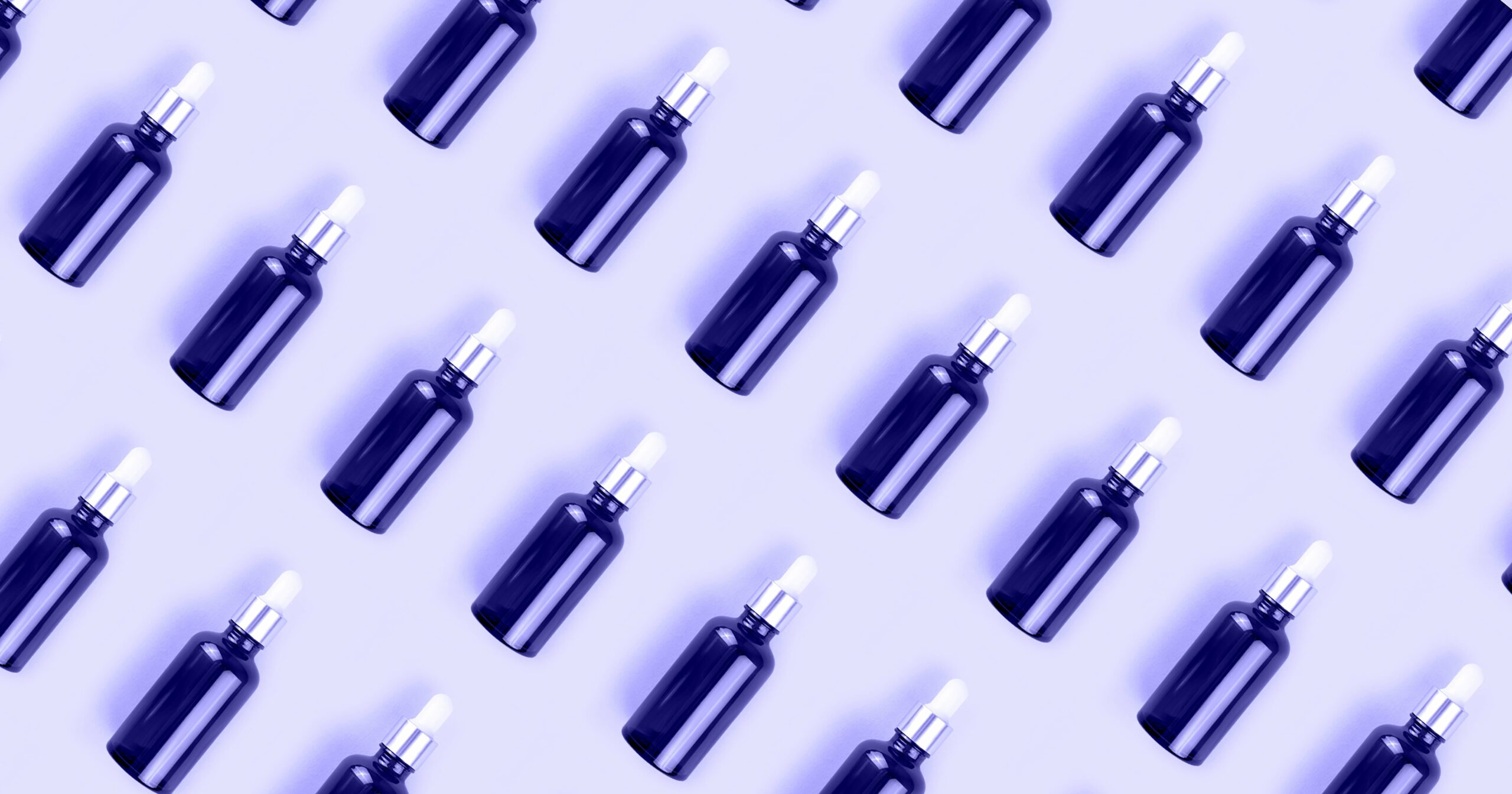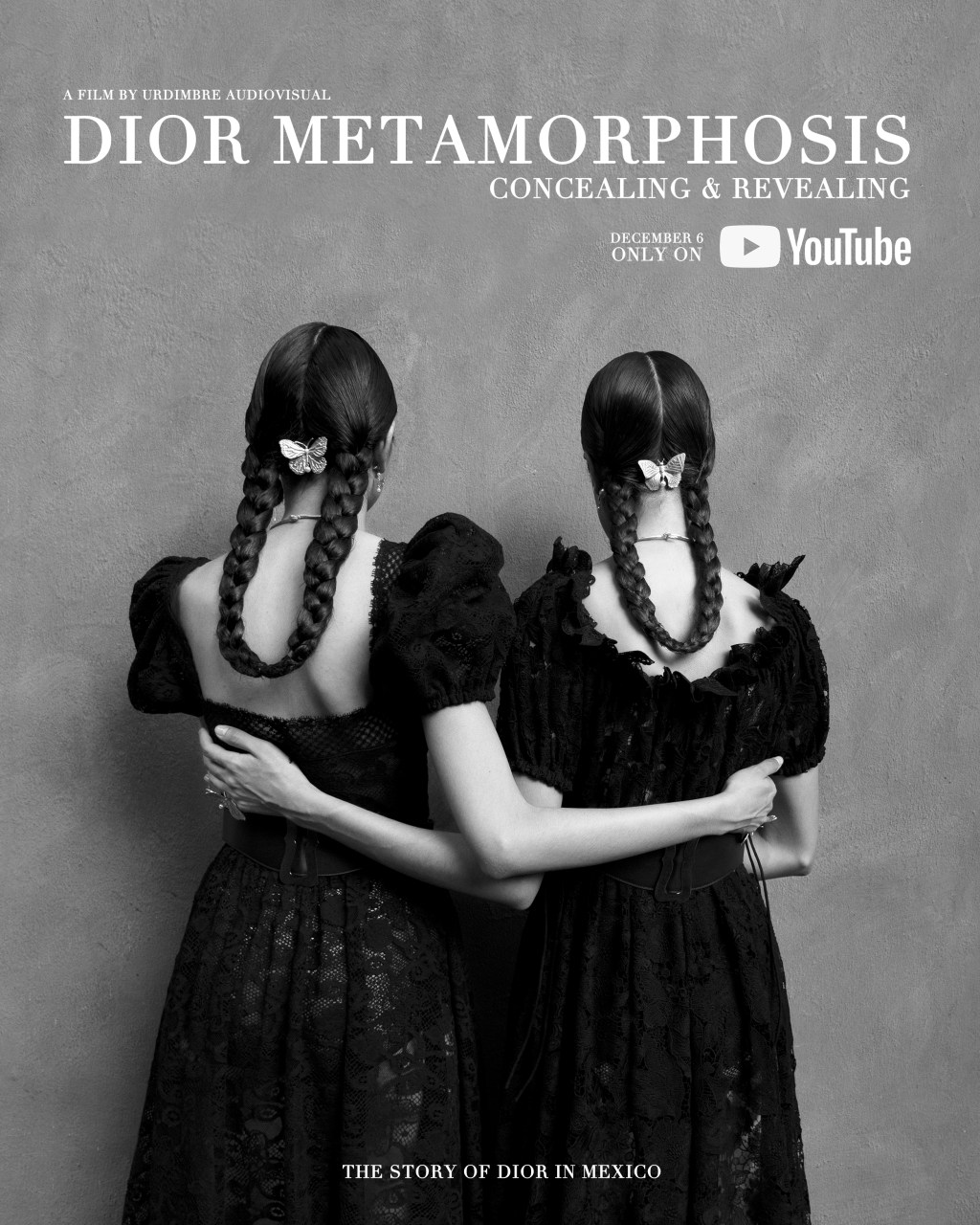We can’t deny the appeal of a sun-kissed look, but we’re not willing to risk skin damage or cancer – that’s why we’re always looking for ways to achieve the same effect safely. While spending hours in the sun is always a blast, it can wreak havoc on your skin, especially if you forgo sunscreen. The fact remains: there really is no “safe” way to tan – unless you opt for sunless self-tanners, of course.
For the unfamiliar, self-tanners are products that can help you achieve a faux glow that lasts anywhere from a few days to over a week. While product ingredients vary, most self-tanners are formulated with an ingredient called dihydroxyacetone (DHA). “This ingredient reacts with amino acids on the outermost layer of your skin, which is made up of dead skin cells and creates an artificial tan, Liz Agresta, founder and director of Australian Glow, previously told PS.
For those of us familiar with self-tanning, did you know that there are products with different bases that are made for different skin tones? TikTok has been going wild over purple-based self-tanners, saying they’re the key to the perfect shade. But does it work for everyone? We tapped experts who answered all of our questions about the buzzy product – keep scrolling to learn more.
Experts Featured in This Article
Dendy Engelman, MD, FACMS, FAAD, is board-certified cosmetic dermatologist and Mohs surgeon.
Bethany Menzel is the co-founder and creative director of the self-tanning brand Saltyface.
Sarah Egan is a celebrity makeup artist.
What Is Purple-Based Self-Tanner?
The answer here is simple: according to Bethany Menzel, co-founder and creative director of the self tanning brand Saltyface, it’s essentially a self-tanner that includes a mix of synthetic colorants like red and blue dyes to achieve a purple undertone. Why would anyone want a product with a purple undertone, you ask?
“The key difference between purple-based self-tanners and others is the undertone of the product and how it will show up on skin,” dermatologist Dendy Engelman tells PS. Self-tanning products with purple undertones neutralize yellow or orange undertones within the skin, which makes for a more natural-looking tan when done right.
However, these types of self-tanners are best for those with olive to darker skin tones. “Anyone with lighter skin may find that the tan actually looks a bit purple,” celebrity makeup artist Sarah Egan says.
What Self-Tanner Undertone Color Should You Use?
If you want to avoid the sun in the warmer months but still want to have a year-round glow, make sure you’re choosing the product that’s right for your skin tone as well as your undertone. If you have a light or medium skin tone, our experts recommend using a gradual self-tanner versus something instant so you can slowly build up to your desired color. One of our current favorites is the Saltyface Tanning Water ($44).
If you have a red or pink undertone, you should opt for something with green undertones. Dr. Engelman suggests the Isle of Paradise Media Self-Tanning Mousse ($32).
If you have olive or dark skin, our experts suggest opting for a purple or violet-based self-tanner. We love the B. Tan Violet Self Tanner ($10) or the St. Tropez Self Tan Suprême Violet Mousse ($48).
For those with deep skin tones, check out some of our favorite tips and products here.
Additionally, if you’re looking for a product without DHA, Egan suggests the Hi Beautiful You Be Body Perfecting Bronzer ($58), a wash-off bronzer product that won’t leave you orange or streaky. Happy (sunless) tanning.
Renee Rodriguez is a staff writer and social producer for PS. She writes across all verticals, but her main areas of expertise focus on fashion and beauty content with an emphasis on reviews and editor experiments. She also produces social content for the PS TikTok and Instagram accounts.




